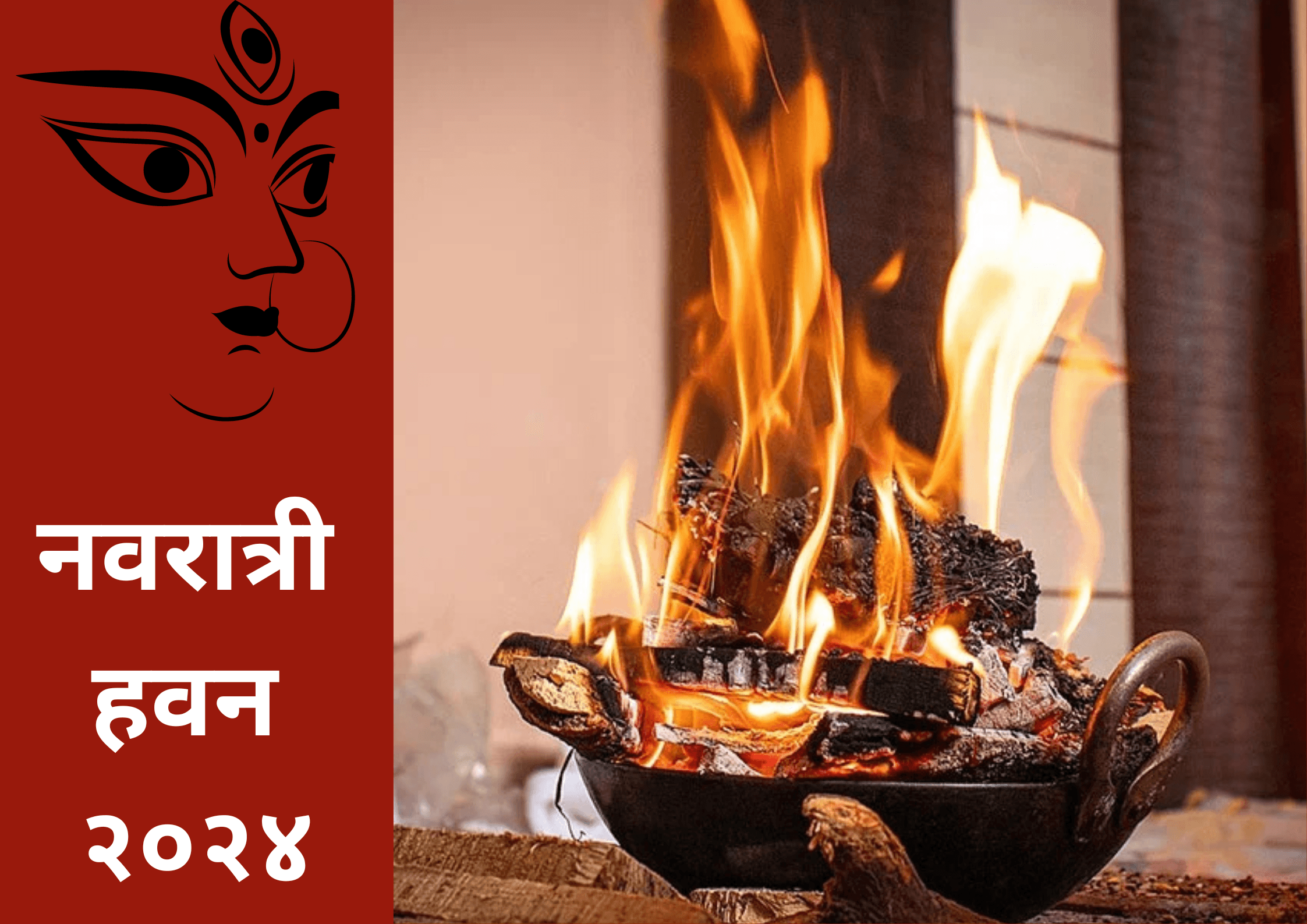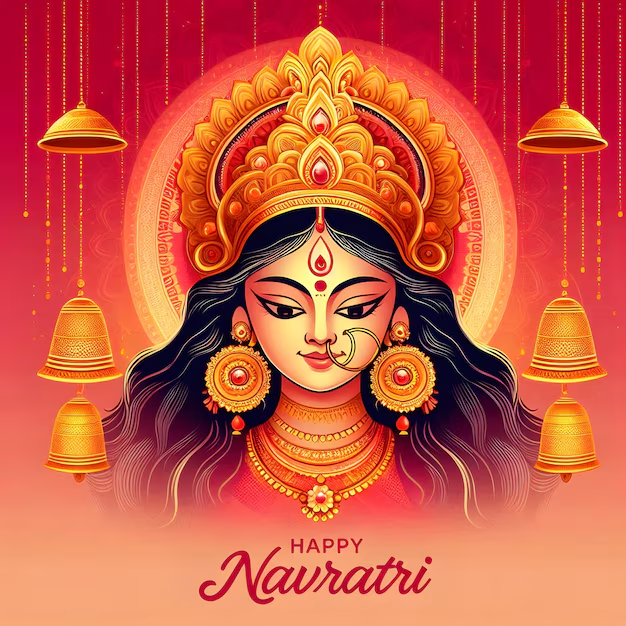DURGA ASHTAMI HAVAN NAVRATRI 2024
In 2024, Navaratri Ashtami (Durga Ashtami) falls on Sunday, October 13. This is one of the most auspicious days during the Navaratri festival, and it is dedicated to Goddess Durga in her form as Mahagauri, symbolizing purity, serenity, and compassion. One of the key rituals on this day is the Havan or Homam, which involves a fire ritual to invoke divine blessings.
Detailed Rituals for Navaratri Ashtami Havan:
1. Preparations:
- Setup the Havan Kund: A square-shaped fire pit (havan kund) is arranged and decorated with flowers, turmeric, and sandalwood paste.
- Puja Materials: Gather sacred items like ghee, wood (sacrificial twigs, typically mango or sandalwood), herbs (like havan samagri), and offerings like camphor, dried fruits, sesame seeds, rice, and various spices.
- Deity Idol or Picture: Place an idol or picture of Goddess Durga, particularly in the Mahagauri form.
- Kanya Pujan: Ashtami often includes the ritual of Kanya Puja, where nine young girls are worshipped, symbolizing the nine forms of Goddess Durga.
2. Havan Rituals:
- Sankalp (Vow/Intent): The head of the family or priest begins by taking a vow to perform the Havan with purity and devotion, asking for the goddess’ blessings for peace, prosperity, and protection.
- Agni Pratishthapana (Invocation of Fire): The fire in the havan kund is lit using ghee and dried wood. The fire is considered a purifier and a symbol of divine energy.
- Mantra Chanting: Specific mantras, such as the Durga Ashtami Mantras or Navarna Mantra (“Om Aim Hreem Kleem Chamundaye Vichche”), are chanted throughout the Havan. A priest may also recite Durga Saptashati from the Markandeya Purana, recounting the victories of Goddess Durga.
- Offering (Ahuti): As mantras are chanted, offerings (ahuti) of ghee, herbs, sesame seeds, and other materials are made into the fire. Each offering is made with the utterance of “Swaha.”
- Purna Ahuti (Final Offering): The final offering is made, marking the end of the Havan ritual. It is accompanied by prayers for the well-being of the family and community.
3. Post-Havan Rituals:
- Aarti and Prasad: After the Havan, an aarti (devotional song) is performed in praise of Goddess Durga. Offerings (prasad) are distributed to everyone.
- Kanya Bhoj: Many devotees perform Kanya Bhoj where young girls are treated as representatives of the goddess and served a meal with devotion. This is believed to bring immense blessings.
Significance:
The Navaratri Ashtami Havan holds great significance, as it symbolizes the victory of good over evil and the destruction of negative energies. It is believed to purify the surroundings, cleanse the mind, and invoke the protective power of the goddess. Devotees seek blessings for health, wealth, happiness, and protection from misfortune.



